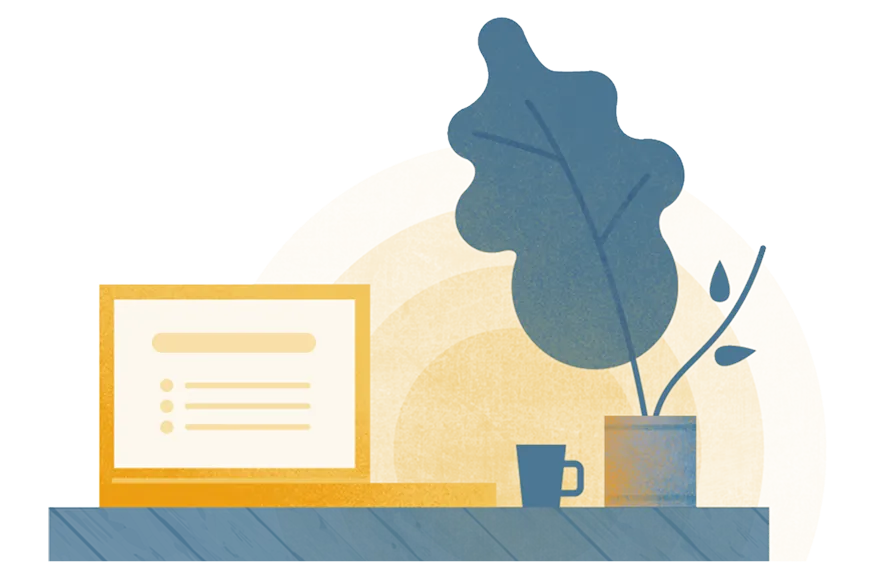When you need money in a hurry but have poor (or nonexistent) credit, you may wonder if you have other borrowing options besides an ill-reputed payday loan or title loan. The short answer is: probably.
You can likely qualify for a flex loan with a low credit score. However, even though it could put money at your fingertips quickly, it’s worth doing your research to learn if it’s a wise financial move for you.
This post will share what a flex loan is and how it works (including the potential pitfalls). That way, you can decide if it aligns with your money management strategy and goals.
What is a flex loan, and how does it work?
The term "flex loan" is somewhat of a misnomer because it doesn't function like a traditional loan. Instead, a flex loan is a (typically) unsecured line of credit that works more like a credit card. With an unsecured loan, you don't need to put up any collateral that your lender could seize if you default to receive funding.
If you're approved for a flex loan, you'll gain access to a credit line with a spending limit ranging from a few hundred to several thousand dollars. You can use it to make purchases as needed and spend up to that ceiling. You'll only have to repay the portion of the line of credit you use, as opposed to a lump sum loan that you'd have to repay in full.
You'll need to make minimum monthly payments to keep your account in good standing. As you pay down your principal balance, you can reuse your credit line to buy other goods and services.
Flex loans typically have higher interest rates – potentially in the triple digits. That means carrying a balance will be very expensive, which could keep you in debt long-term. You may also incur additional fees, such as usage fees, so be sure to read the lender's disclosures carefully before borrowing.
Since a flex loan can be a pricey way to borrow, the financial product is generally marketed to consumers with poor or limited credit. Some lenders may not even check your credit history or score as part of the decision-making process, instead relying on proof of income and other criteria.
If you default on your flex loan, your credit score could take a significant hit. However, consistent, on-time payments, if reported to the credit bureaus, could help you establish or improve your credit profile.

Pros and cons of flex loans
Like any financial product, flex loans have both advantages and disadvantages. Here are the highlights:
Pros of flex loans
- You can likely qualify for a flex loan with bad credit.
- You could be approved and funded quickly.
- You may have access to a high credit limit.
- You only have to repay what you spend.
- You can reuse the credit line as long as your account is open.
- You can potentially increase your credit score by using it responsibly.
Cons of flex loans
- You'll likely have to pay a high interest rate.
- You may be required to pay additional fees to utilize your credit line.
- You could damage your credit score if you don't repay your line of credit as agreed.
How to get a flex loan
Follow these simple steps to obtain a flex loan:
- Have a clear plan for the credit line. Without one, you could easily rack up significant debt on meaningless purchases.
- Research and compare lenders. Look for a lender with a low annual percentage rate (APR) and a strong reputation.
- Gather the required documentation. You'll likely need to provide proof of your identity, income, and ownership of a bank account when applying for a flex loan.
- Fill out the lender's application. Generally, you can apply online.
- Respond to the lender's request(s) for additional information (if applicable).
You could receive a decision fast. If approved, you may be able to start using your credit line right away.
Flex loan alternatives
If you need to come up with some extra money, but you don't want to take out a flex loan, you have some other options, including, but not limited to:
- Personal loans. Some personal loans are specifically geared towards individuals with poor credit.
- Payday loan alternatives (PALs). Offered by credit unions, a PAL generally has lenient qualification criteria, can give you money fast, and costs significantly less than a payday loan.
- Family and friend loans. Although going this route could save you money, missing payments can strain your relationship.
- Paycheck advances. Your employer may be willing to give you a percentage of your upcoming pay ahead of schedule.
- Home equity solutions. If you have sufficient equity in your home and need a large loan amount, home equity financing may be the way to go. You’ll typically get better terms and rates, as well as longer repayment periods.
If you don't need the money immediately, consider increasing your income to bridge the financial gap. You could pick up more hours at work, sell some unused belongings, offer freelance services, or get a part-time or seasonal job.

Final thoughts
A flex loan can help you get the money you need quickly when you can't qualify for other, less expensive financing. However, be prepared to pay a high interest rate and have a clear repayment strategy mapped out. That way, you can get out of debt as soon as possible.
No income? No problem. Get a home equity solution that works for more people.
Prequalify in 60 seconds with no need for perfect credit.
Show me my offer
Frequently asked questions
Can I get a flex loan with bad credit?
Yes, you can likely get a flex loan with poor or limited credit. Your lender might not even check your credit report or score before giving you access to funds.
What are the interest rates on a flex loan?
Interest rates on flex loans tend to be high. Generally, you can expect them to at least match those of some credit cards (24%-28%). However, they can reach triple digits, so it's smart to review your lender's terms carefully before borrowing.
Who offers flex loans?
Various banks, such as Citi, offer flexible loans. You can also check in with a local credit union or explore reputable online lenders.
Is a flex loan the same as a line of credit?
Sort of — a flex loan is a type of line of credit, but not all lines of credit are flex loans. For example, a HELOC is a line of credit tied to your home’s equity, while a flex loan is usually unsecured and gives you flexible access to cash without using your property as collateral.
What's the difference between a flex loan and a payday loan?
The main difference is flexibility. Payday loans give you a one-time lump sum, usually based on your next paycheck, and must be repaid quickly. A flex loan works more like a reusable credit line—you can borrow, repay, and borrow again, often with higher limits and more flexibility.
.png)
Thank you for subscribing!
.webp)















